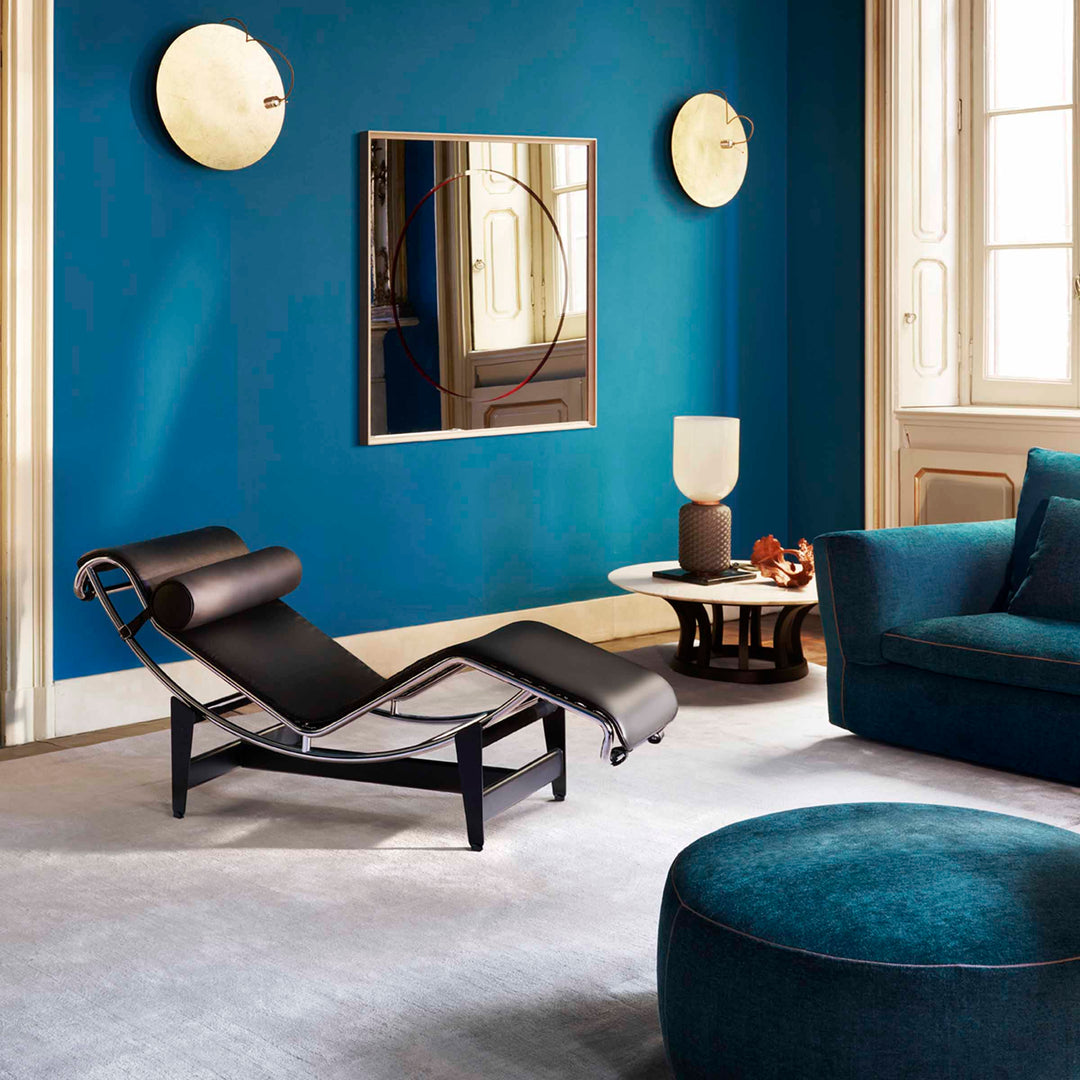DESIGN ITALY ÉDITORIAL par Ranieri : La tendance gender-fluid, des frontières plus petites mais des chiffres en croissance
Gender-fluid, sans genre, neutre en termes de genre : ce sont des synonymes ou du moins des mots aux significations légèrement différentes qui décrivent un phénomène dans l'industrie de la mode qui ne cesse de croître et de se consolider.
L'idée de base est simple : rendre les différences entre la mode masculine et féminine de moins en moins évidentes en agissant à la fois en amont (au niveau du croquis) et en aval (dans l'offre du produit final). Il est facile de deviner le contexte derrière cela, à savoir les années de lutte pour la reconnaissance des droits des femmes et de la communauté LGBT. Il est en revanche moins facile d'évaluer à l'avance la force avec laquelle la tendance gender-fluid influence les collections de mode dans le monde entier. Aussi parce que le changement à l'œil nu ne peut passer inaperçu, étant donné que les frontières désormais explorées vont bien au-delà des premières expériences des années quatre-vingt, lorsque le mélange ne concernait que les tissus et sans affecter les modèles comme c'est le cas aujourd'hui.
Au niveau de l'industrie, il n'existe pas de chiffres officiels, mais une estimation de la pertinence croissante peut être déduite de deux domaines différents : du nombre croissant de maisons de mode qui se sont récemment orientées (beaucoup à partir de 2019) vers la création de collections gender-fluid, et de la transversalité de l'offre. Le phénomène, sur ce plan, est intéressant et sert de thermomètre à son propre succès : tout d'abord, ce sont les marques destinées au segment le plus haut de gamme qui se sont ouvertes à la tendance gender-fluid. Puis - des années plus tard - les acteurs low-cost, tandis que désormais aussi ces marques destinées par définition à une clientèle de gamme moyenne sont à l'œuvre. Donc, en d'autres termes, à un public de plus en plus large.
















